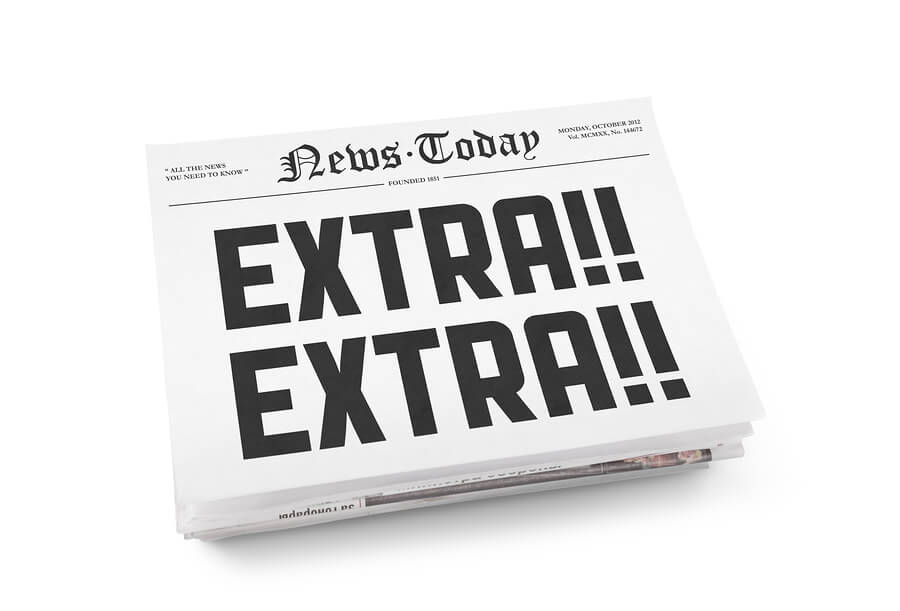Have you ever sent an email to a supplier only to get an unexpectedly chilly response? Have you ever sent an email to a client requesting direction on an important decision, and gotten no response? These are just two of the many examples of poor email communication we market researchers can experience. So, how can we avoid such problems? By practicing some basic email etiquette.
It’s no secret that market research and insights professionals write a lot of emails—and often in a rush. These emails can range from simple status updates (such as advising of upcoming milestones), to complex topics (such as documenting methodology recommendations). Researchers also receive a lot of emails—and are expected to respond quickly. Not surprisingly, we often skimp on basic email etiquette in the pursuit of speed. But it’s just too risky, especially if we are communicating important information to clients, management teams or strategic suppliers.
At minimum, we need to make sure our email communications will do more good than harm, and at most we want to use them to support the momentum of our work. That’s a tall order for a short-form communications medium.
This is not an argument for making email communications more formal. Not at all! Just a reminder that email etiquette basics can help improve your email success. And to help you refresh your email etiquette skills, here’s our “Top 10 email etiquette reminders for Market Researchers.”
- Harness the power of the subject line. Be intentional with the subject line. The subject line is precious real estate for grabbing your reader’s attention, setting your message’s tone and showing its relevancy to them. Business emails are often best when the subject line concisely states the topic and gives the reader a reason to open it. Which email would you be more likely to open?
- Subject line A: “Budget updates.”
- Subject line B: “Budget updates & requesting your input on incentive options.”
- Use first names in your salutation when possible. Using someone’s first name comes across as friendly and personable. Avoid generic “Hi,” or “Hello,” salutations. And needless to say, if spelling isn’t your super-power, make sure the name is spelled correctly. Tip: if someone introduces themselves with a longer name, don’t shorten it (if you client signs her name Sandra on her emails to you, don’t email her with, “Hi Sandy”; you aren’t being friendly, you’re being unobservant).
- Ask, don’t demand. Many email interactions include instructions. But in the quest for brevity, instructions can come across as rude. Instead of telling them, invite them to take these steps. This makes them feel as though they are making the decision, and it feels less abrasive. Making the request a question is a great way to do this.
- Before: “I need a screenshot of the error you are seeing.”
- After: “Would you mind taking a screenshot of the error you are seeing?”
- Switching to a question format may seem trivial, but it does make a difference in tone.
- Ditch the jargon. Just because you know phrases like “fielding”, “sampling” or “projective”, doesn’t mean the client does. “Do not assume that customers will have the same knowledge about your product or service as you do. Remove all the jargon from your email and explain everything in simple words.”[1]
- Don’t blame. Or even sound like you are even possibly hinting at blame. This is especially important because it is easy to inadvertently sound like we are blaming someone when we are actually just stating a factual item. A good tip to make sure your email doesn’t strike the reader as “blaming” them: avoid using “you” when talking about anything that could be sensitive, as in this example:
- “Before: “You set up your quotas incorrectly.”
- After: “The quota set up in our system is a little confusing. Can I help?”
- Use “I” not “we”. Overuse of the pronoun “we” in emails comes off as fake. Who is sending this email: you the market researcher, or the company? A lot of market research-related email is really coming from you (even if you do work for and follow the practices of your employer). “…in a 1:1 communication, use “I” instead of “we.” When in doubt, speak for yourself and not on behalf of the whole company, as it is more honest.”[2]
- Before: “We appreciate your concern about the budget.”
- After: “I appreciate your budget concerns, and have shared with the team.”
- KISS: Make it easy for the reader. Simplify! And in email, that means keep it short and avoid long, blocky paragraphs. Instead, use bullet points or screen shots to minimize your word count. People are far more likely to read, comprehend and respond to a short email, so be concise. One 2019 analysis of email behavior reported that, “an average employee receives close to 180 emails a day and 40% of them are not even opened.”[3]
- Is “KISS” new to you? It’s for “Keep it Simple, Stupid”, the concept that most things work best when kept simple. The sarcastic mnemonic has been around for 50+ years for good reason: it applies to everything from writing (including email) to rocket science. The KISS principle means that simplicity is the goal when designing anything, including our email contents.[4]
- Avoid this common Out of Office (OOO) Blunder. Ever see someone use the phrase, “I will get back to you at my earliest convenience”, in their OOO automated response? This is a common mistake. In time-sensitive situations, it can be fine to ask someone, “Please get back to me at your earliest convenience.” But telling a client you will get back at your “convenience” is pretty rude. [5] A better option: “I’m out of the office with limited email access through (date), and will reply as soon as possible upon my return. For urgent items, please contact (coworker name, email, phone).”
- Acknowledge Received Emails Promptly (same day!). One complaint I often hear is that the researcher fails to acknowledge emails in a timely fashion—leaving the client to wonder if it was seen or even received at all (we have all been the victim of over-zealous spam filters, so we know the risk is real). The delay is often well-intended (the researcher doesn’t want to reply until they have key pieces of information ready). But to the client who sent an email, waiting a day or two for a response makes you seem inaccessible and makes them feel unimportant. Sure, we all get busy and may not have adequate time to give a thorough same day response, but a quick response is better than no response. Just confirm receipt: “Thanks for your message. I will have a thorough reply on date,” will strike your clients as professional and courteous.
- Proofread! How many times has spellcheck saved you from an embarrassing gaffe? How many more times do you wish it had? Always spellcheck and proofread before sending important email. “Your email messages are as much a part of your professional image as the clothes you wear, so it looks bad to send out a message that contains typos.”[6]
Refreshing on Email Etiquette, Improving Email Success
While we are all busy and often struggling with overstuffed inboxes, email etiquette is important. It’s part of being a business professional. And poor email etiquette can leave clients and other important recipients feeling unappreciated or worse. We hope these ten tips will help you impress your email recipients and maximize your email effectiveness.











